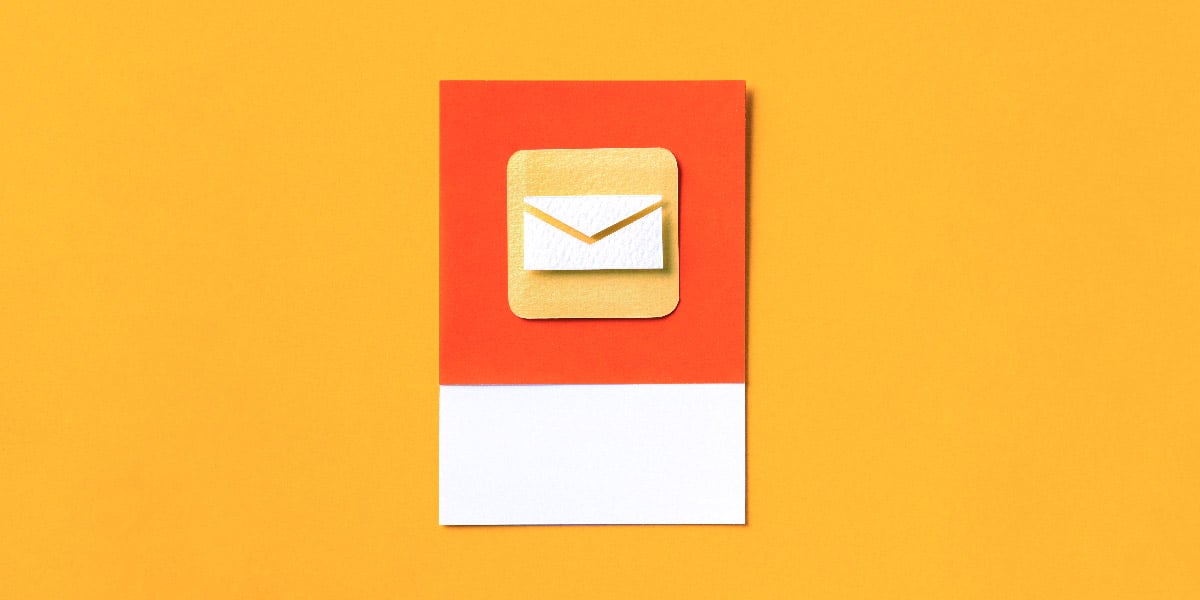No question: your organization needs a solid email tool. Even with the rise of instant-messaging and teleconferencing apps like Teams and Slack, email is here to stay.
The only question you really need to answer is this: which email provider is best for your org?
There are a wide variety of business email options out there, but the top two are easily Outlook and Gmail.
You’ve probably heard the stereotypes—that Outlook is outdated and Gmail more fast-paced, or that Outlook is more powerful than the web-based Gmail. Set those ideas aside; there’s more to both apps than you might realize.
Similarities in Outlook and Gmail
Let’s get right down to it: the truth is, Outlook and Gmail are pretty similar.
As far as essential email features go, both include:
- Rules for sorting and organizing messages
- Security options (like encryption)
- Suggested text when composing new messages
- Reminders when you forget to attach a file
- Translation capabilities
- Options to schedule/send new messages and snooze incoming messages
Because Outlook includes a built-in calendar, let’s compare that to Google Calendar. In both, you’ll find
- Shared group calendars
- Color-coding for calendars and events
- Videoconferencing integrations (Microsoft Teams and Google Meet, respectively)
- Scheduling assistance for meetings
- The ability to add notes to events
- Calendar delegation capabilities (though Google’s is more limited)
- Convenient integration with email
Gmail and Outlook both offer the essential email and calendar features most organizations need. If that’s what’s most important to your users, either email provider will get the job done.
Of course, there are some notable differences. Let’s hit the big three.
Differences between Outlook and Gmail
Email Configuration
Gmail is an email provider—Google’s web-based tool for managing email. It’s not a desktop app, and users can’t use it to manage email accounts from other domains (Yahoo, Outlook, etc.). But they can sign into and switch between multiple Google accounts.
Outlook is an email client—a desktop app for managing email. Users can log into multiple accounts from multiple domains to manage all their email in one place. Of course, Outlook is also Microsoft’s email provider, which means users can log into Outlook in a browser or via the Outlook desktop app.
User Interface (UI)
Even users who don’t know much about different configurations and capabilities can quickly recognize the UI difference between Outlook and Gmail.
Despite Outlook’s occasional UI updates, its folder pane/message list/reading pane setup is almost iconic. Though users may customize its inbox display, they’ll easily recognize Outlooks conventional UI.
By contrast, Google appears more modern and streamlined with its navigation pane, condensed message list, and simple command bar. Like Outlook, Gmail provides options for customizing the display—including a reading pane for those who prefer a more traditional setup.

Organization
This part gets a little confusing, as Outlook and Gmail use similar terminology to describe different features.
Outlook automatically sorts incoming mail into two inbox tabs (Focused and Other). From there, users can create folders and subfolders for organizing their mail. When you move an email to a folder, it’s pulled from the inbox, and it can only live in one folder/subfolder at a time.
If you want to organize messages within the inbox, you can apply color-coded categories to your emails or flag messages for follow up. You can also filter your message list by read/unread, flagged, and @mentioned and sort it by date, from, to, subject, category, flag, attachment, and more.
Gmail also sorts incoming mail into three categories (like Outlook’s inbox tabs): Primary, Promotional, and Social—though users can opt for Updates and Forums categories as well. What Outlook calls folders, Gmail calls labels. A message can have multiple labels, and the email stays in the main inbox.
Gmail allows users to sort messages by “read/unread” or “starred/unstarred,” but that’s it. Instead of flagging messages for follow-up, users can star their emails. Gmail also uses AI to mark messages as important or not important, based on the sender, content, recipient, and so forth.
The Nitty-Gritty
Although Gmail and Outlook offer similar features, there are some operational differences.
- Message recall: In Gmail, you have up to 30 seconds to cancel a message after it’s sent. In Outlook, you can recall a message IF the recipient also has a Microsoft account and hasn’t opened the email. Either delete the message or replace it with a new email.
- Drafts saved: In Gmail, message drafts save automatically. In Outlook, you’re prompted to save the draft before closing it.
- Search capabilities: Because Gmail is powered by Google, its search capabilities are powerful and accurate. Outlook’s search capabilities are good but not foolproof.
- Spam-blocking capacity: While both programs automatically sort spam messages, Gmail claims to block 99.9% of spam, and some users report that Outlook’s spam protection is less than robust. But Outlook.com makes it simple to report phishing messages to Microsoft.
- Privacy: Microsoft is transparent about data collection and its privacy policies, while Google has faced a stream of lawsuits over privacy violations. The jury is out on what will happen next.
The Verdict: Outlook or Gmail?
No matter how you slice it, Gmail and Outlook are both solid email tools.
In the end, your decision really hangs on just one question: Does your organization primarily use Microsoft 365 or Google Workspace?
No brainer: Your users will get more out of Outlook if they’re already using Microsoft 365 and more out of Gmail if they’re using Google Workspace.
Trying to decide whether to switch from one program to the other? Just know this: unless you’re having a problem with your current email provider, you’ll probably have a similar experience with either Gmail or Outlook.
Of course, certain elements may be gamechangers, depending on your industry and your users’ needs—but that’s your call to make.
Next step? Once you’ve picked the best tool for your org, help your users get the most out of the software—and increase your ROI—with BrainStorm.


